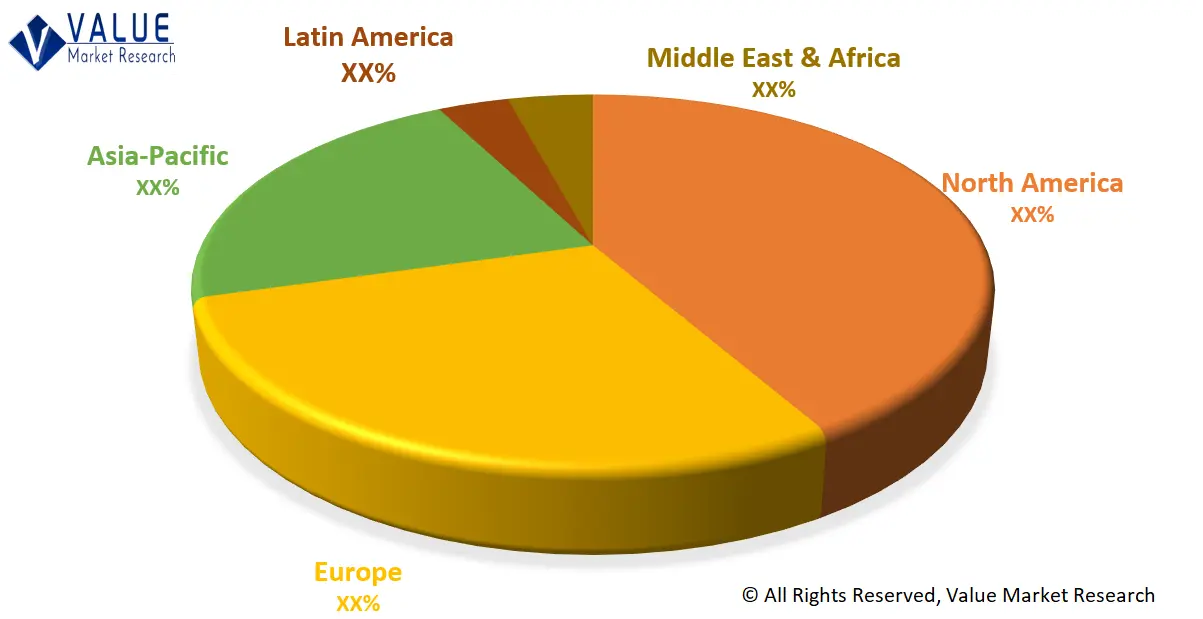The global demand for Broadcast Equipment Market is presumed to reach the market size of nearly USD 10.29 BN by 2030 from USD 6.41 BN in 2022 with a CAGR of 6.1% under the study period 2023 - 2030.
Broadcast equipment refers to the specialized tools and devices used in the creation, transmission, and reception of audio and video content for television, radio, and other broadcasting mediums. These devices are integral to the production and distribution of broadcasted content, ensuring high-quality audio-visual experiences for audiences.
Market Dynamics
The transition to high-definition and ultra-high-definition broadcasting, coupled with the rise of OTT and VOD services, is propelling the demand for advanced equipment capable of delivering higher-resolution content. The advent of 5G technology is enhancing the capabilities of broadcast equipment, enabling faster and more reliable content transmission, especially for live broadcasts and remote production. Virtualization, cloud-based solutions, and immersive technologies like VR and AR are gaining prominence, driving the need for specialized equipment. Remote production workflows and collaborative tools are on the rise, necessitating equipment that supports efficient remote editing and contribution. Advancements in camera technologies, the shift towards IP-based broadcasting, and the continuous demand for high-quality live sports and eSports broadcasts contribute to the dynamic growth of the market. The global expansion of broadcasting networks and the launch of new channels further underscore the significance of broadcast equipment in adapting to industry trends and technological advancements.
The research report covers Porter’s Five Forces Model, Market Attractiveness Analysis, and Value Chain analysis. These tools help to get a clear picture of the industry’s structure and evaluate the competition attractiveness at a global level. Additionally, these tools also give an inclusive assessment of each segment in the global market of broadcast equipment. The growth and trends of broadcast equipment industry provide a holistic approach to this study.
Market Segmentation
This section of the broadcast equipment market report provides detailed data on the segments at country and regional level, thereby assisting the strategist in identifying the target demographics for the respective product or services with the upcoming opportunities.
By Type
- Dish Antennas
- Amplifiers
- Switches
- Encoders
- Video Servers
- Transmitters/Repeaters
- Modulators
- Others
By Technology
- Analog Broadcasting
- Digital Broadcasting
By Application
- Radio (Amplitude Modulation, Frequency Modulation)
- Television
Regional Analysis
This section covers the regional outlook, which accentuates current and future demand for the Broadcast Equipment market across North America, Europe, Asia-Pacific, Latin America, and Middle East & Africa. Further, the report focuses on demand, estimation, and forecast for individual application segments across all the prominent regions.
Global Broadcast Equipment Market Share by Region (Representative Graph)

The research report also covers the comprehensive profiles of the key players in the market and an in-depth view of the competitive landscape worldwide. The major players in the Broadcast Equipment market include Cisco Systems Inc., (US), Telefonaktiebolaget LM Ericsson (Sweden), CommScope (US), Evertz Microsystems, Ltd (Canada), Harmonic Inc. (US), EVS Broadcast Equipment (Belgium), Grass Valley (Canada), Wellav Technologies Ltd. (China), Eletec Broadcast Telecom S.A.RL (France), and Clyde Broadcast (UK). This section consists of a holistic view of the competitive landscape that includes various strategic developments such as key mergers & acquisitions, future capacities, partnerships, financial overviews, collaborations, new product developments, new product launches, and other developments.
In case you have any custom requirements, do write to us. Our research team can offer a customized report as per your need.

